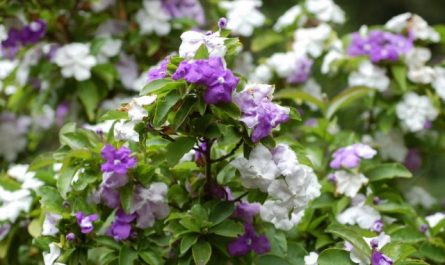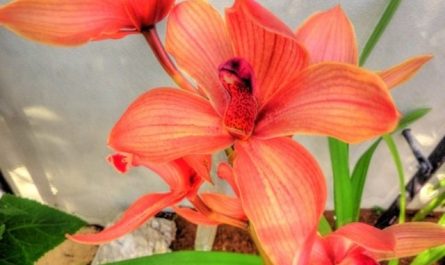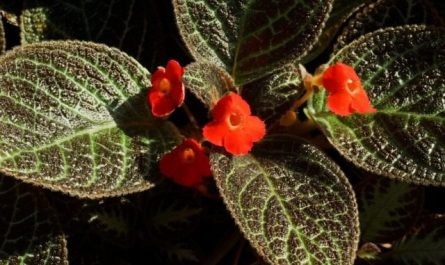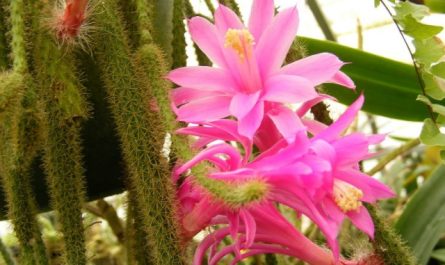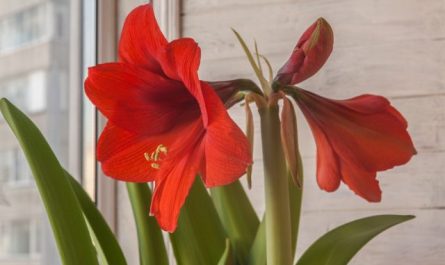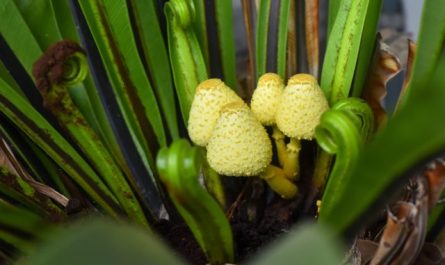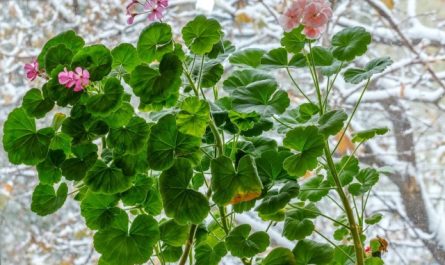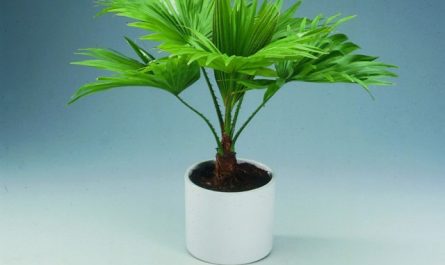Peperomia. Family Pepper, or Pepper (lat. Piperaceae). These are erect or climbing perennial or annual herbs, shrubs, sometimes small trees. Some of them are valuable as ornamentals and make up collections of botanical gardens.

Some species of peperomia are grown for decorative purposes. Among them are: Peperomia magnoliaefolia — a low-growing plant with large fleshy leaves. The stems are also fleshy, and hang down in an adult plant. This species has a variety with variegated leaves. The flowers are small, collected in an inflorescence-spike. The root system is weak, superficial.
Prefers damp rooms, shaded places. In autumn and winter it requires moderate watering, in summer – abundant. Leaves are regularly washed and sprayed. Transplantation is carried out in spring into loose soil consisting of leaf, turf soil, peat and sand (1:1:1:1/2).
Propagated by seeds, which are sown in March, and by cuttings, rooting them in a warm greenhouse with high air humidity.

Peperomia fraseri has a tall (up to 30 cm) branched stem with small, heart-shaped leaves. Flowers are small, white, with a fragrant smell.
Very decorative Peperomia caperata with dark green corrugated small leaves growing in a dense bunch. The flowers are white, collected in inflorescences on a long peduncle that rises above the bush.
In recent years, Peperomia has attracted the attention of designers and amateur gardeners, as it looks great in compositions among other plants. Some ampelous species, for example, creeping peperomia (Peperomia serpens) can be hung in decorative pots on the walls.

